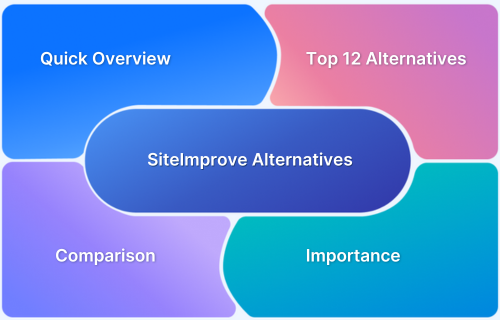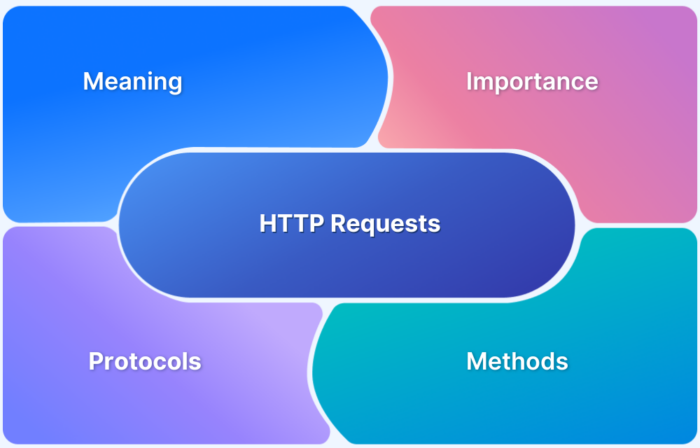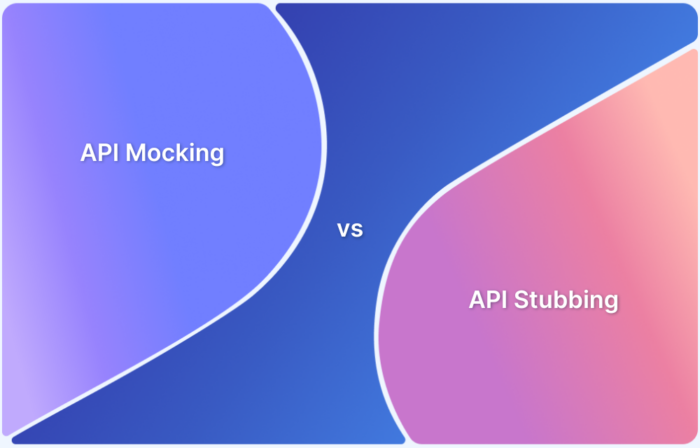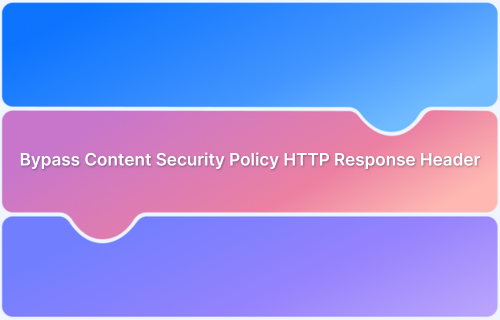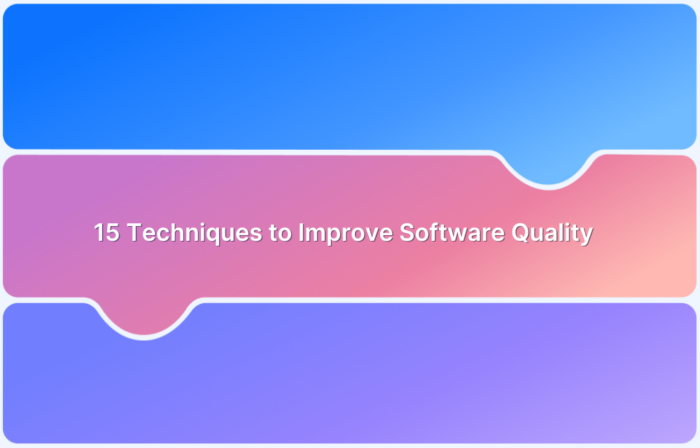Cross browser testing
-
Evinced Alternatives
Explore top Evinced alternatives for accessibility testing. Compare features, pricing, and use cases to find the right fit for your team.
Learn More -
SiteImprove Alternatives for Accessibility Testing
Looking for better accessibility testing than SiteImprove? Discover top alternatives with advanced features, real device testing, and flexible pricing.
Learn More -
What Is HTTP: Meaning, Security Threats, and Debugging Tips
Learn what HTTP is and how it works. Understand requests, responses, headers, HTTPS, and how it’s used in real-world web and API systems.
Learn More -
What Is an HTTP Request and How Does It Work?
Learn what an HTTP request is and why it’s important. Also, understand how HTTP requests work, different methods, and troubleshoot common issues.
Learn More -
What is API Virtualization: Importance, Tools, and Use Cases
Learn what API virtualization is, why it’s important, and how it is different from mocking and stubbing. Explore use cases, challenges, and best practices.
Learn More -
Mock vs Stub vs Fake: Key Differences and When to Use Each
Learn the differences between mocks, stubs, and fakes in testing, when to use them, and how to choose the right one for API testing.
Learn More -
API Mock vs Stub: How to Pick the Right Test Double
Learn the difference between API mocks and stubs, when to use each, and the best tools to test faster and more reliably.
Learn More -
Learn & bypass Content Security Policy HTTP Response Header
Learn how to bypass Content Security Policy (CSP) headers with techniques like Requestly for efficient testing and development.
Learn More -
Things Every Product Manager Must Know About Testing
Learn how product managers can develop efficient testing pyramids and collaborative strategies to ensure smooth functioning applications.
Learn More -
21 Techniques to Improve Software Quality
Learn what is software quality management, the benefits and 22 tried and tested strategies to improve software quality in this detailed guide.
Learn More

